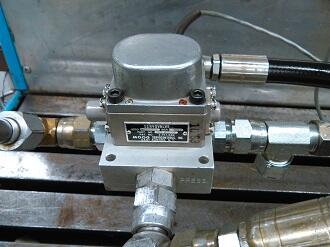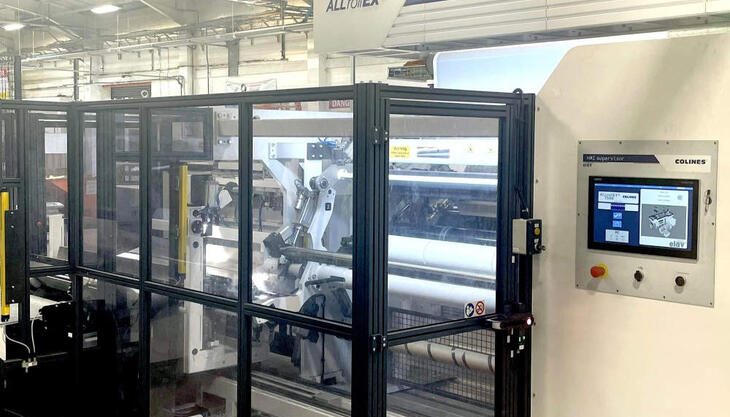The Moog oldest operating servo valve is in Canada

The Industrial Group of Moog declared Doug Bitner, manager for the University of Saskatchewan’s College of Engineering Fluid Power Lab, the winner of its contest to find the oldest operating Moog servo valve after he sent in a video showing lab equipment running with a Moog 21 Series servo valve manufactured in 1963. Moog launched the contest last September as part of a celebration of the fiftieth anniversary of Moog’s operations in Europe.
“I knew we had a lot of Moog valves in the lab, so I thought I had a chance,” said Bitner about entering the contest. “But it really surprised me to learn we had won.”
According to Bitner, the University of Saskatchewan is noteworthy for having one of the few undergraduate fluid power labs in North America. The winning servo valve is part of a single closed-loop test system Bitner’s students and instructors use for aerospace and industrial experiments.
“Congratulations
to Bitner for finding the oldest operating Moog servo valve; we’ve always
spoken about our valves’ reliability, and Mr. Bitner proved it,” said Ari
Almqvist, group vice president and general manager - Industrial Services at
Moog. “Our valves also have a long history running in tough environments like
steel production, gas turbines and industrial machinery”.
Almqvist announced that the second place winner was Walter Andreas from Iabg, an analysis and testing company, who produced evidence of a 22 Series Moog valve manufactured in 1966 running on a test application in Germany. The third place award is shared by John Shannon of Tata Steel’s CPP Trostre Works in the UK and Tom Gecse of US Steel in Canada. The Tata Steel entry is a Moog 60 Series servo valve made in 1969 and operating a steering rod in the mill. The US Steel entry, also a 60 Series servo valve made in 1969, operates a tension leveller in the Canadian mill.
In 1951 William C. Moog, Jr., developed the first commercially viable servo valve. Servo valves transform a digital or analog signal into a hydraulic output such as flow or pressure.


















